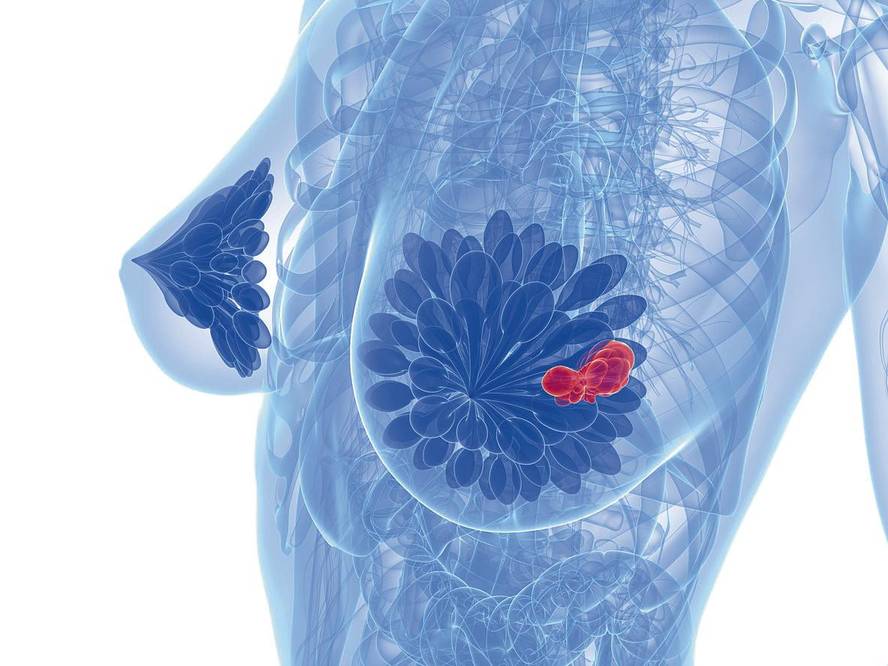Discover a cellular mechanism that reduces the effectiveness of radiation therapy in breast cancer cases
Researchers from CIC bioGUNE, along with researchers from the Massachusetts General Hospital and Harvard Medical School, have identified a mechanism that favors radiation resistance against breast cancer. Previous studies already knew that this resistance is due to an overexpression of the protein called HOXB9, and now they have detailed the mechanisms that overexpression causes.
The study was recently published in the journal Proceedings of the National Academy of Sciences (PNAS). It explains that cells that most express the transcription factor HOXB9 have a greater ability to repair radiation damage to cellular DNA and therefore to survive. When DNA is damaged, they disrupt the cell cycle and cells begin to repair DNA to maintain chromosomal stability. This mechanism is known as a response to DNA damage response or DNA damage, and is produced by proteins such as ATM kinase.
"Well, we've seen that cells that express HOXB9 at high levels resolve DNA damage more quickly and effectively. And in 40% of breast cancer cases we have seen that the HOXB9 protein is overexpressed," said María Vivanco, head of the Molecular Biology and Stem Cell Unit at CIC bioGUNE.
The discovery made by Vivanco has considered a very important step, since "it is essential to know the mechanisms involved in the resistance to cancer therapy, to seek only then






